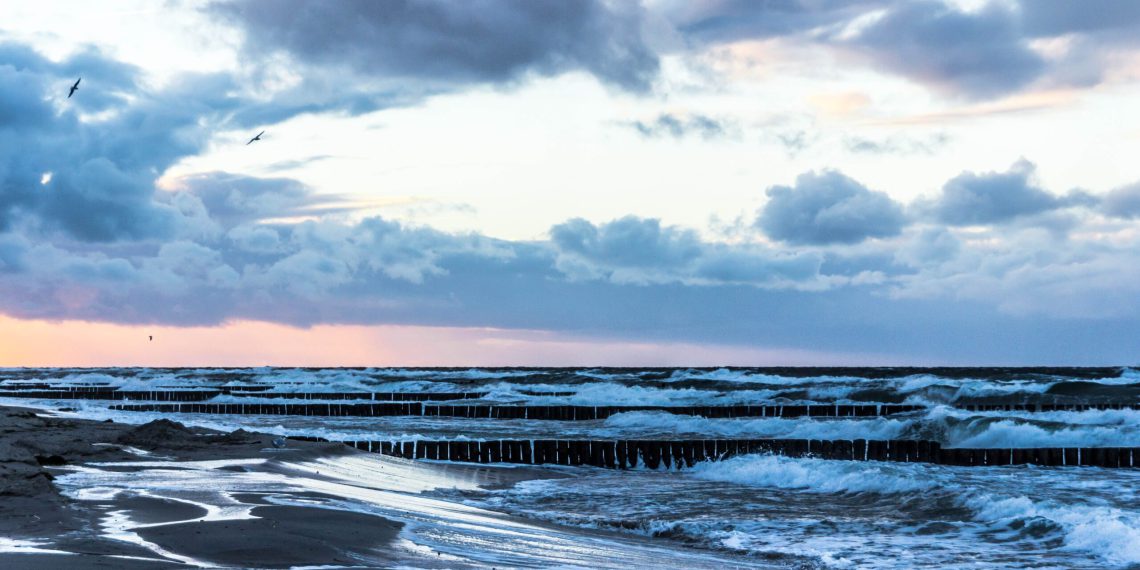Already today, a large part of the German Baltic Sea coast is being eroded by the force of the sea. In recent years, high storm surges have also caused major damage. This may be exacerbated by sea-level rise. Therefore, coastal communities need to develop concepts in time to ensure their long-term development. As a basis for this planning, a brochure has now been produced as part of the Coastal Sea Research Network North Sea-Baltic Sea (KüNO III), which provides an introduction to the subject. It is edited by Dr. Insa Meinke, head of the North German Coastal and Climate Office at the Helmholtz Center Hereon, a partner in the KüNO research network.
On the German Baltic coast, sea levels have already risen significantly and measurably over the past century. Storm surges have caused damage in many places in recent years. Waves, surf and currents are continuously shifting the German Baltic coast backwards. Their communities must protect themselves from both flooding and coastal recession.
Without ambitious adaptation efforts, erosion, land loss and flooding will increase significantly worldwide in the future, according to the Intergovernmental Panel on Climate Change (IPCC). This also applies to the German Baltic Sea coast, as previous hydraulic engineering measures may sooner or later become less effective due to climate change.
Protective measures in transition
Fixed structures such as dikes and barrages provide reliable protection against flooding up to a defined storm surge height. However, it is possible that sea-level rise will accelerate significantly in the next few decades. At the very least, it will continue for centuries. Therefore, it is foreseeable that without adaptation, current protection will be less effective in the future. Although permanently installed structures also initially prevent coastal recession, sediment is increasingly eroded in front of such structures. As a result, the seabed deepens and the waves hit the coast unchecked. This puts an increasing strain on the protective structures.
Natural measures
Sand flushing is considered the most efficient method of counteracting coastal recession. However, there is already not enough sediment available to flush everywhere where it would be necessary. Cliffs are the most important natural sediment suppliers and, according to coastal protection plans, should only be protected in exceptional cases so that the sediment supply to neighboring coasts is not cut off. Sooner or later, however, coastal recession will have progressed to the point where residential areas or important infrastructure will need to be protected.
Another option is to reestablish seagrass beds. They attenuate wave energy. Thus, erosion rates are reduced and sediment deposition is favored. Heat waves, which occur more frequently due to climate change, are problematic here. They can strongly affect the expansion of seagrass meadows. In this context, the KüNO project SeaStore is investigating which factors favor the reestablishment of seagrass on the German Baltic Sea coast.
Exploring possibilities
“All measures have their limits, which can be reached more quickly due to climate change,” says Insa Meinke. It is becoming apparent that spatial planning adaptation measures will also be necessary to respond to rising water levels in the long term. Overall, it is important to weigh up options locally, but also across political-administrative boundaries, to make necessary decisions with the involvement of affected stakeholders and to initiate appropriate measures. In the KüNO project ECAS-Baltic, coastal protection and adaptation strategies are also being investigated with regard to acceptance by the population.

















